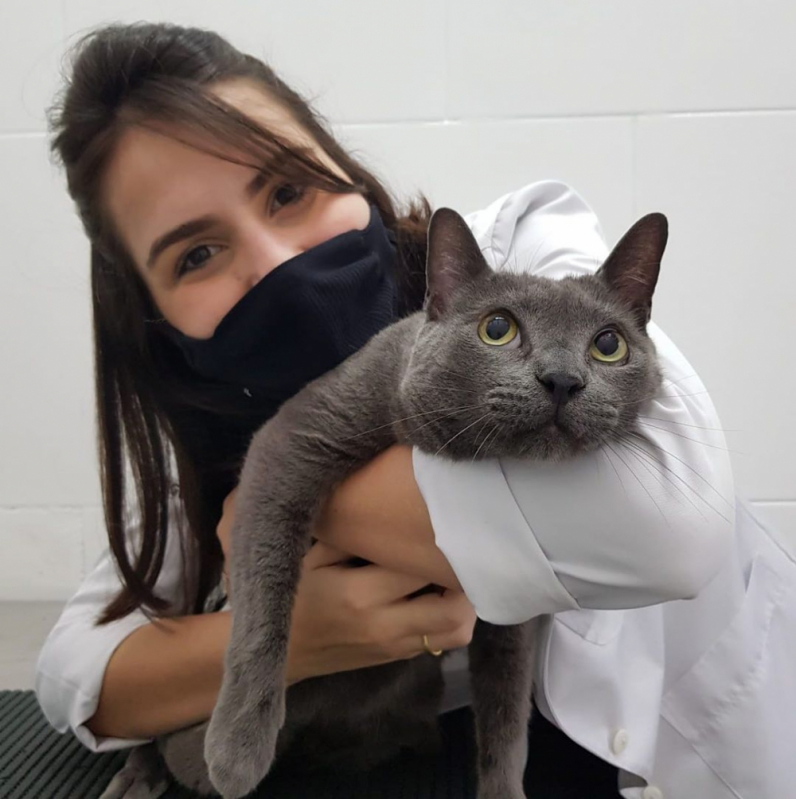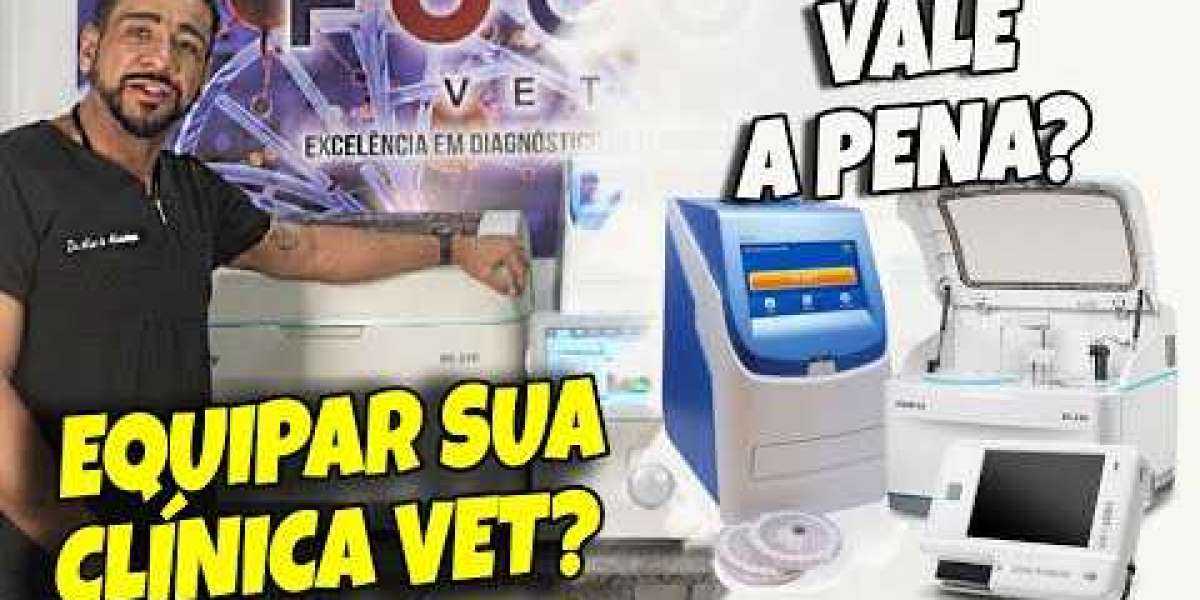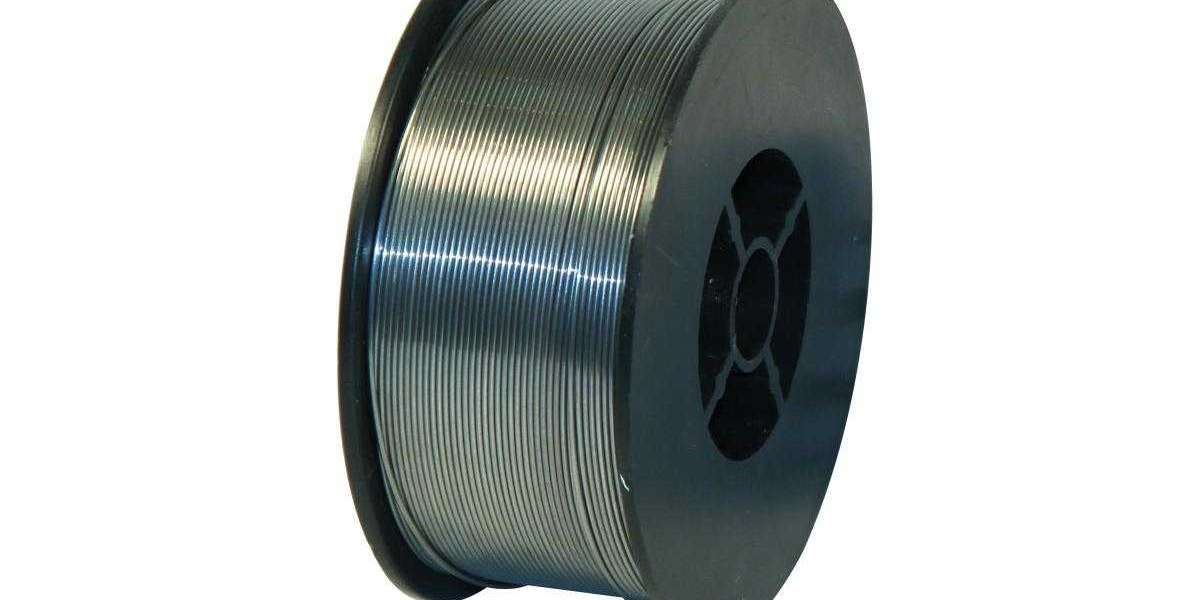If you see symptoms of CHF, rush to the vet
However, with early analysis and appropriate therapy, a canine's quality of life can be significantly improved. Left-sided coronary heart failure happens when the mitral valve leaks blood back into the left atrium, which then accumulates within the lungs. "Fluid then seeps again into the lung tissue, leading to pulmonary edema which causes coughing and difficulty respiration," Dr. Klein explains. [1] They can even assist in stopping muscle wasting, a typical symptom in dogs with congestive coronary heart failure. Antioxidants like vitamins C and E might help stop harm from chemical compounds (in this case, c species), that enhance in dogs with congestive heart failure. Not all supplements are created equally, so consult your veterinarian for suggestions on brands. So learning to identify the indicators of coronary heart disease in dogs and getting them in for regular veterinary exams goes a good distance toward slowing the progression from heart disease to heart failure.
Drink Water
Heart illness has a notable influence on canine vitamin, particularly by method of sodium and chloride retention and urge for food modifications. Dogs with congestive coronary heart failure profit from a sodium-restricted diet to handle fluid retention. When attempting to choose the most effective dog food for coronary heart disease, it should adjust to The Association of American Feed Control Officials (AAFCO) standards at an absolute minimum. If your dog is chubby, reducing weight can significantly enhance its general well being, including coronary heart well being. Your veterinarian might recommend a prescription food formulated to specifically tackle weight loss. If you would possibly be feeding your dog a reduced-calorie food regimen, bear in mind not to feed any extra treats or human meals.
Keep in thoughts that different conditions, like kennel cough, can sometimes cause a productive cough, as properly. One of the methods you'll have the ability to help your dog (and put your mind comfy a bit) is to be taught all you can about congestive heart failure in canine. That way, you'll be as prepared as potential to support your canine in this journey, determine the early signs of coronary heart failure, and get your dog the assistance she or he wants. The determination to euthanize a pet that has congestive coronary heart failure is a very difficult and private alternative. Success is commonly measured by high quality of life in addition to period of survival after prognosis. With good administration, many canines with progressive heart failure can have an excellent quality of life in addition to improved survival occasions. Set up a recheck schedule to monitor disease development, potential antagonistic effects of medicines, patient high quality of life, and any challenges faced by the proprietor.
Tularemia in Dogs
The number and combination of medicines that your dog requires will rely upon the cause and severity of their CHF. Dose changes might must be made relying in your dog’s response to treatment and as their CHF progresses. Dogs in this stage have signs of CHF but their signs can be well managed with drugs. Reduced oxygen flow makes exercise tougher for your dog, resulting in a reluctance to interact in physical activities.
En ocasiones, puede ser preciso efectuar una radiografía de contraste si el veterinario sospecha que existe una obstrucción en el estómago o el intestino. Puede que el perro o gato se haya tragado algún objeto que sea el motivo de la obstrucción. Los riñones tienen la característica forma de alubia, aunque en gatos suelen ser más redondeados. Si bien la radiografía de abdomen la realizaremos pensando en un órgano (u órganos) concretos, es requisito visualizar toda la radiografía al terminado. Para poder tener radiografías de abdomen adecuadas y que no se presten a malas interpretaciones, es importante utilizar la técnica radiológica adecuada. • Retirar la extremidad sana caudalmente y asegurarla bien.• Centrar rayo primario sobre el epicondilo medial del humero.• Sacar hacia dorsal la cabeza y el cuello (2010,85).
Por otra parte, si su perro está alterado, anáLise laboratóRio veterinário nervioso o con dolor, se recomendará la sedación. Otras causas por las que se puede emplear la sedación a lo largo de la radiografía de su cachorro incluyen si los músculos del perro deben estar relajados para conseguir una imagen clara, o cuando la radiografía es del cráneo, los dientes o la columna vertebral. La columna vertebral debe quedar perfectamente paralela a la área de la mesa, nos ayudaremos de piezas de gomaeva radiolúcidas para poner debajo del esternón, en el cuello, entre las extremidades... El haz se enfoca en C2-C3 Y C5-C6 para la columna cervical, T8 o T13-L1 para la columna torácica y L7-S1 para la columna lumbosacra.
¿Qué tipo de radiología se realiza en una clínica veterinaria?
Los rayos X entran por que não tentar estes para fora el abdomen ventralmente y lo abandonan dorsalmente. Decisión de material radiológicoAparato de RXAunque el propósito de este manual no es realizar una descripción delaparato de RX, a lo largo de los capítulos el lector observará que hacemos referencia a diferentes proyecciones que requieren la rotacióndel tubo de RX. Ciertamente, hay proyecciones que serán mejor ejecutadas si el soporte del tubo de nuestro aparato de RX permite descenderlo y girarlo sobre su eje con facilidad (fig. 4). En la situacion de la pelvis las proyecciones estandar son la lateral (LL) y la ventodorsal (VD). Los factores radiológicos de exposición dependeran del grosor de la zona de estudio. Las proyecciones estándar son del costado (LL), ventrodorsal (VD) y dorsoventral (DV). Al menos dos proyecciones, una lateral (LL) y una ventrodorsal (VD) o dorsoventral (DV).
¿Qué se ve en una radiografía en perros?
Las articulaciones pueden ser bien difíciles de analizar debido a la densidad afín de los tejidos blandos de los ligamentos y los ligamentos. Su veterinario suele buscar cavidades o inflamación anormal en una articulación o una posición u orientación anormal de los huesos.Las radiografías (rayos X) para perros dentales son una parte fundamental para determinar qué dientes están sanos y si es necesario extraer algunos dientes. Además, con los sistemas de radiografía digital, una cantidad excesiva de exposición fuera del sujeto puede ofrecer sitio a una falsa interpretación de los datos por la parte del algoritmo de reconstrucción y degradar sustancialmente la calidad de la imagen. Si esto sucede, la exposición debe repetirse con una colimación correcta para poder una imagen aceptable. En la mayoría de los casos, el haz de rayos X debe colimarse a ~1 cm fuera de los límites del sujeto para otorgar una calidad de imagen perfecta y protección radiológica para el personal. La colimación adecuada del haz de rayos X no puede reemplazarse por la utilización de la herramienta de recorte de imágenes disponible en la mayor parte de los sistemas de programa usados para generar imágenes digitales. Esta es una herramienta de posprocesamiento y no afecta a la calidad de la imagen ni a la reconstrucción.









